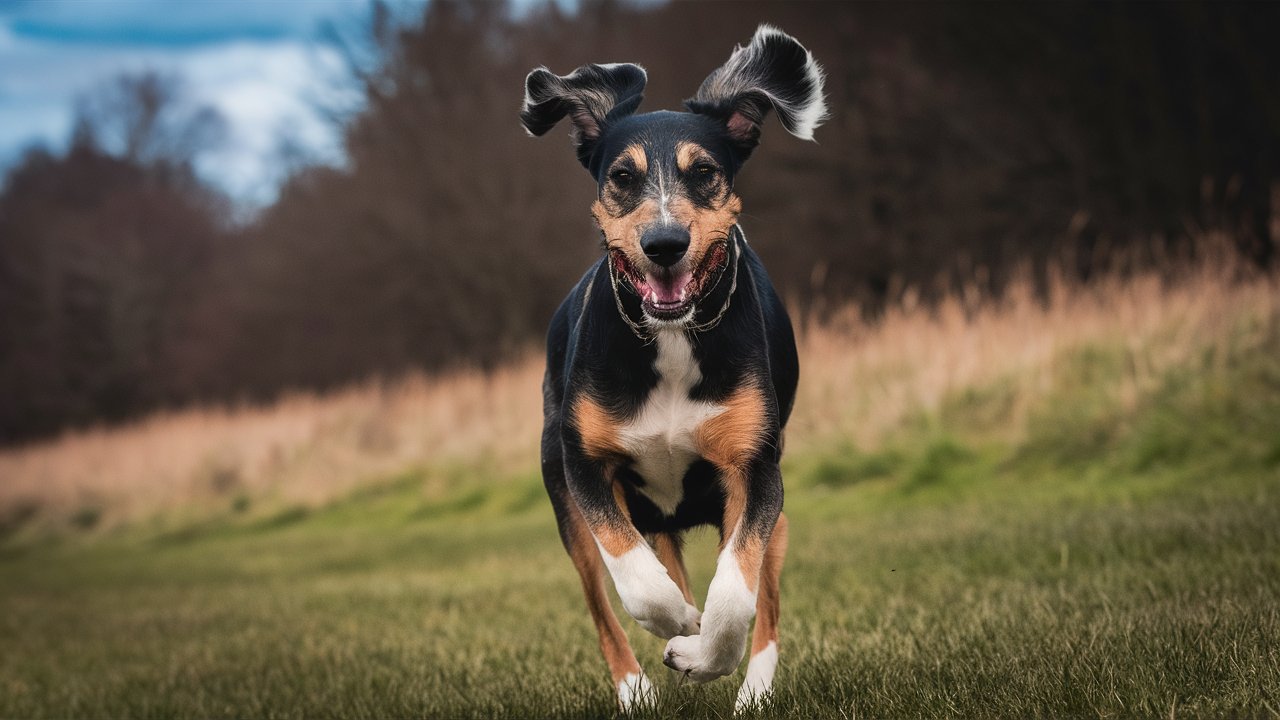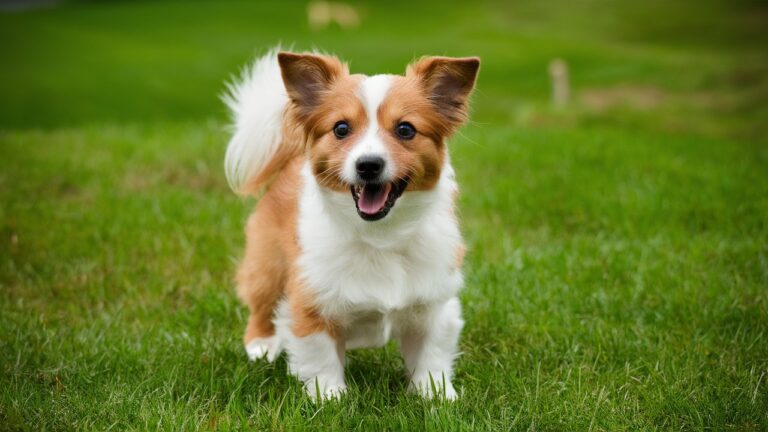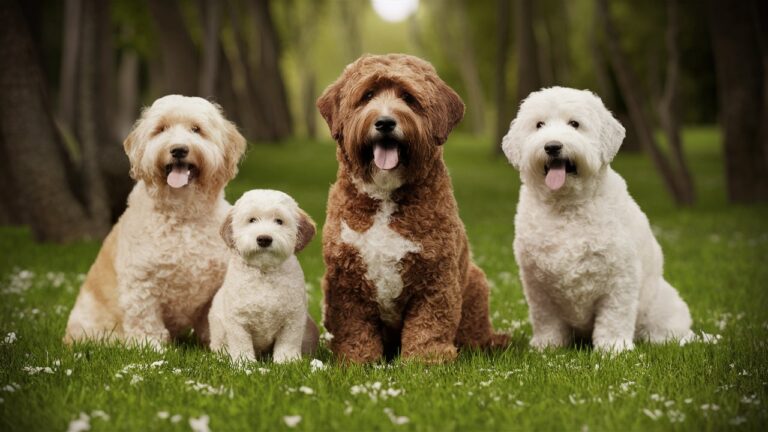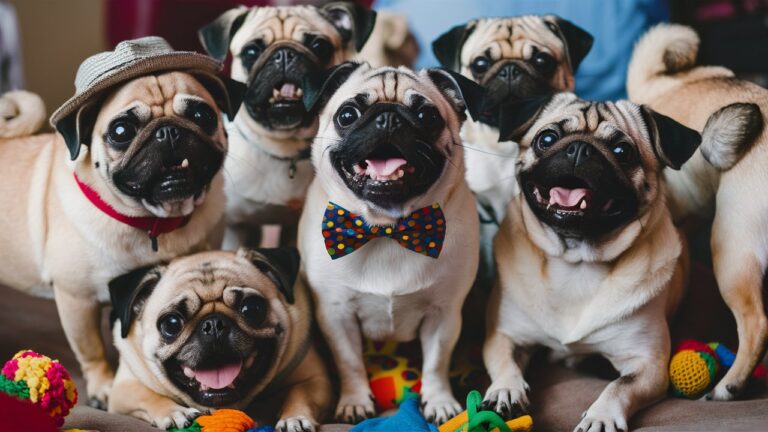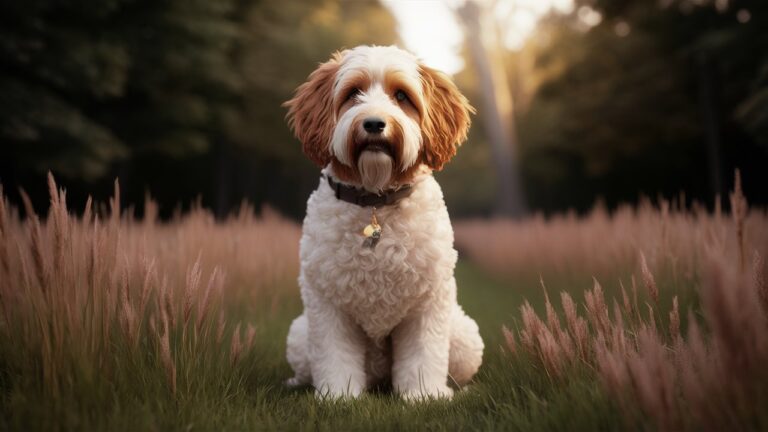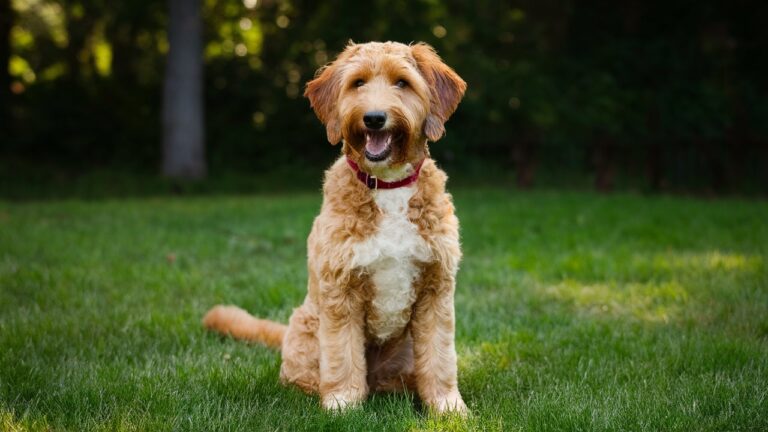Lurcher: 100% Comprehensive Guide to This Versatile and Affectionate Companion
The Lurcher, a crossbreed dog with a rich history and unique characteristics, has been cherished for centuries for its speed, intelligence, and gentle nature. This fascinating breed, a mix of sighthound and working dog, combines the best traits of both parents, making it an ideal companion for various lifestyles. In this article, we will delve into the history, characteristics, care, and personal stories about Lurchers to give you a comprehensive understanding of this wonderful breed.
History of the Lurcher
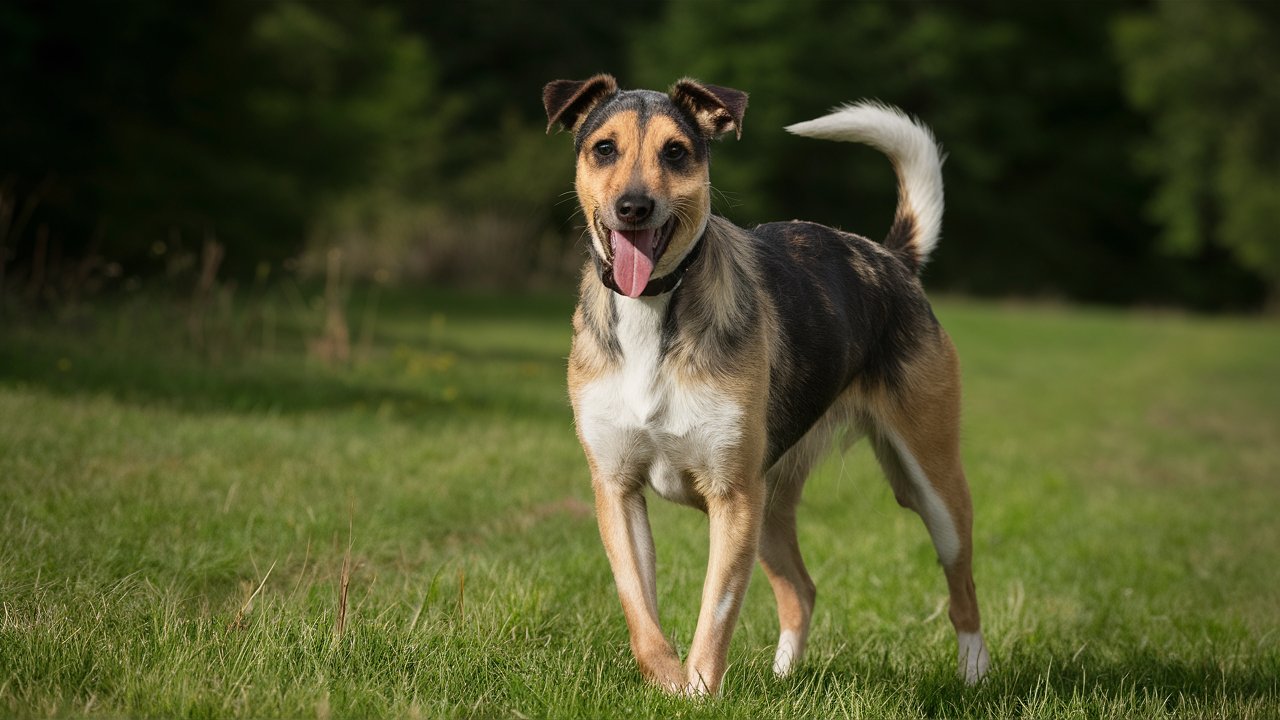
The history of the Lurcher is as rich and varied as the breed itself, spanning centuries and encompassing diverse cultural influences. Originating primarily in the British Isles, Lurchers have a unique background shaped by the needs and practices of different communities throughout history.
Origins and Development
The term “Lurcher” is believed to have originated from the Romani word “lur,” which means thief. Historically, Lurchers were bred by Romani people, Irish Travellers, and other nomadic groups in Britain. These groups needed a versatile hunting dog that could silently and effectively catch game for both sustenance and sport without attracting attention.
The development of the Lurcher involved crossing various sighthound breeds, such as Greyhounds, Whippets, and Salukis, with working dogs like Terriers, Collies, and even Bulldogs. Each crossbreeding was carefully planned to enhance specific traits: the speed, keen eyesight, and agility of the sighthounds, combined with the intelligence, scenting ability, and determination of the working dogs.
Traditional Use: Hunting and Poaching
Lurchers gained popularity among poachers and hunters due to their exceptional hunting abilities. They were used to catch rabbits, hares, and other small game, often in areas where hunting with more conspicuous methods (such as firearms) was restricted or prohibited. The quiet and stealthy nature of Lurchers allowed them to work undetected, making them invaluable companions for those who relied on their hunting skills for survival.
In addition to their practical use in hunting, Lurchers were also involved in coursing competitions, where they would chase after a mechanical lure or live game under controlled conditions. These competitions not only showcased the dogs’ speed and agility but also served as a form of entertainment and social gathering for communities across the British Isles.
Cultural Significance
Beyond their practical roles as hunting companions, Lurchers hold a special place in the cultural heritage of the British Isles. They are often depicted in folklore and literature as symbols of loyalty, perseverance, and resourcefulness. Stories and songs recount their exploits in the field and celebrate their unique abilities.
For example, the famous Scottish poet Robert Burns wrote about Lurchers in his poetry, praising their speed and agility. In traditional folk songs, Lurchers are often portrayed as companions to wandering minstrels and adventurers, embodying the freedom and resilience of the nomadic lifestyle.
Modern Role and Preservation Efforts
While the traditional role of Lurchers in hunting has diminished in modern times, their appeal as companions and sport dogs has continued to grow. Today, Lurchers participate in various canine sports and activities, including lure coursing, agility trials, and obedience competitions. Their versatility and adaptability make them suitable for a wide range of lifestyles, from active families to individuals seeking a loyal and affectionate companion.
Efforts to preserve and promote the Lurcher breed have also gained momentum in recent years. Breed enthusiasts and organizations work to maintain the breed’s unique characteristics and ensure responsible breeding practices. This includes documenting pedigrees, educating the public about the breed’s history and traits, and advocating for the welfare of Lurchers in need of homes.
Characteristics of the Lurcher
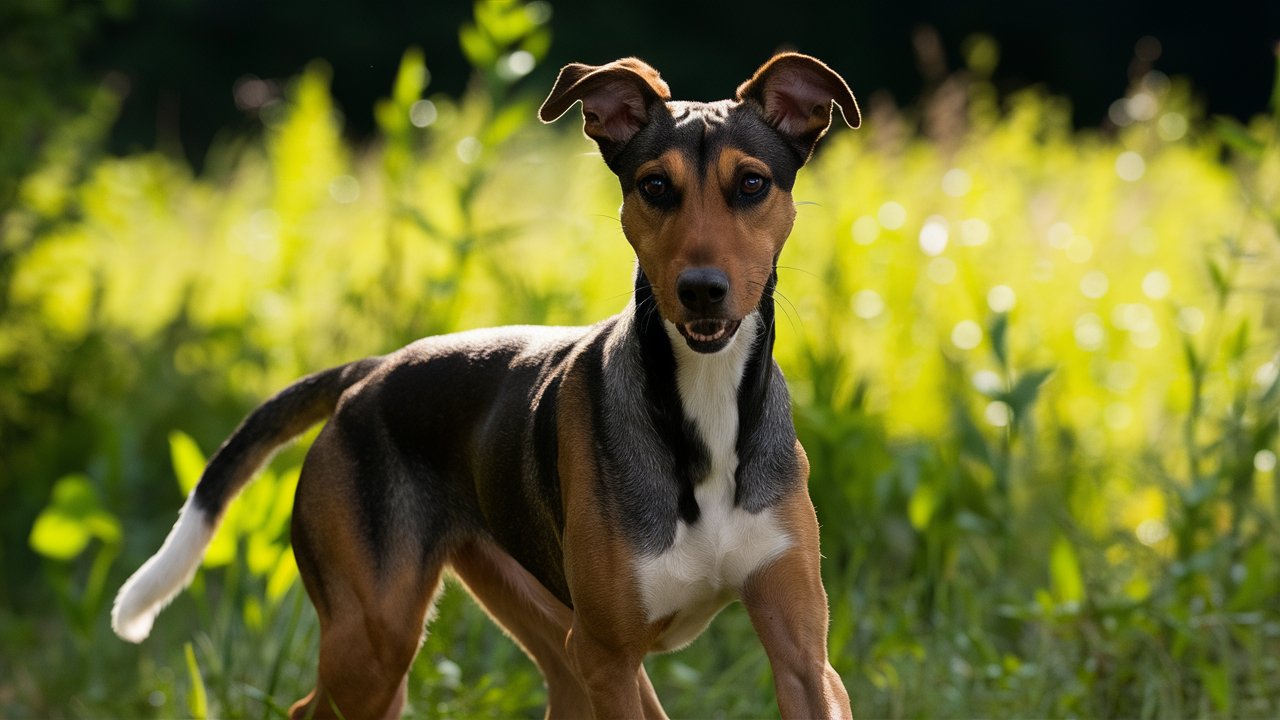
Lurchers are renowned for their unique blend of traits inherited from their sighthound and working dog ancestry. This combination makes them not only fascinating companions but also versatile in various roles. Let’s delve deeper into the key characteristics that define the Lurcher breed:
1. Speed and Agility
One of the most striking features of Lurchers is their incredible speed and agility. These dogs inherit their athleticism from breeds like Greyhounds, Whippets, and Salukis, which are renowned for their prowess in racing and coursing. Lurchers are built for speed, with a sleek and aerodynamic physique characterized by long legs, a deep chest, and a slender body. This physical build allows them to reach impressive speeds, making them excellent contenders in lure coursing and other canine sports that test their agility.
Beyond their physical abilities, Lurchers possess a keen sense of sight and instinctive chasing behavior, which are traits passed down from their sighthound ancestors. This combination of speed, agility, and keen sight makes Lurchers not only efficient hunters historically but also formidable competitors in modern-day dog sports.
2. Intelligence and Trainability
In addition to their physical prowess, Lurchers are known for their intelligence and trainability. They inherit these traits from their working dog lineage, which includes breeds like Collies, Terriers, and other intelligent working breeds. Lurchers are quick learners and enjoy mental stimulation through training and interactive play.
Their intelligence also manifests in their problem-solving abilities and adaptability to various environments. Whether they are learning new tricks, participating in obedience training, or engaging in mentally stimulating activities, Lurchers thrive on mental challenges that keep their minds sharp and engaged.
3. Gentle and Affectionate Nature
Despite their hunting heritage, Lurchers are renowned for their gentle and affectionate nature. They form strong bonds with their families and are known to be loyal and devoted companions. Lurchers often exhibit a calm demeanor indoors, enjoying relaxed moments with their loved ones.
Their affectionate nature extends to their interactions with children and other pets, making them excellent family dogs when properly socialized. Lurchers are known to be patient and tolerant, making them well-suited for households with young children or multiple pets.
4. Adaptability and Versatility
Lurchers are highly adaptable dogs that can thrive in various living conditions, provided they receive adequate exercise and mental stimulation. Whether they live in a spacious rural setting or a cozy urban apartment, Lurchers adjust well to their surroundings as long as their physical and mental needs are met.
Their versatility extends beyond their adaptability to different environments. Lurchers excel in a variety of roles, from beloved family pets to skilled competitors in dog sports. Their combination of speed, intelligence, and affection makes them suitable companions for active individuals and families alike.
5. Independent Yet Social
While Lurchers are known for their independence, they also enjoy companionship and social interaction with their families. They appreciate spending quality time with their owners and participating in activities that strengthen their bond.
Their independent nature means that Lurchers can be self-sufficient to some extent, but they still thrive on human companionship and interaction. They enjoy being part of family activities and are happiest when they receive attention and affection from their loved ones.
Caring for a Lurcher
Training a Lurcher is essential to harness their intelligence and manage their energy levels effectively. Here are key training considerations:
Obedience Training
Lurchers are intelligent and eager to please, making them generally responsive to training. Positive reinforcement techniques, such as treats and praise, work well with them. Start training early to establish good behaviors like walking on a leash, coming when called, and basic commands like sit, stay, and down.
Socialization
Socialization is crucial for Lurchers to ensure they are comfortable and well-behaved in various situations and around different people and animals. Expose them to different environments, sounds, sights, and experiences from a young age. This helps prevent fearfulness or aggression and promotes a confident and well-adjusted dog.
Exercise Needs
Lurchers have high energy levels and require regular exercise to stay healthy and happy. Aim for at least an hour of exercise each day, which can include brisk walks, jogging, interactive play sessions, or activities like lure coursing. Mental stimulation through puzzle toys or training exercises also helps satisfy their active minds.
Diet and Nutrition
A balanced diet is essential for a Lurcher’s overall health and well-being. Here are some guidelines for their dietary needs:
High-Quality Dog Food
Choose a high-quality dog food that is appropriate for their age, size, and activity level. Look for brands that list meat as the first ingredient and avoid fillers or artificial additives. Consult with your veterinarian to determine the right amount of food and feeding schedule for your Lurcher.
Avoid Overfeeding
Lurchers can be prone to obesity if overfed or given too many treats. Monitor their food intake and avoid feeding table scraps, which can lead to digestive issues or weight gain. Use treats sparingly during training and opt for healthy, low-calorie options.
Hydration
Ensure your Lurcher has access to fresh water at all times, especially after exercise or on hot days. Proper hydration is essential for their overall health and helps regulate body temperature.
Grooming and Maintenance
Lurchers have varying coat types, which influence their grooming needs. Here’s how to care for their coat and overall hygiene:
Coat Care
- Short-Coated Lurchers: Short-haired Lurchers require minimal grooming, typically needing a weekly brushing with a soft-bristle brush to remove loose hair and dirt.
- Longer-Coated Lurchers: Dogs with longer or wiry coats may require more frequent grooming to prevent matting and tangling. Use a slicker brush or comb to gently remove knots and debris. Regular grooming sessions also provide an opportunity to check for ticks, fleas, or skin issues.
Bathing
Bathe your Lurcher as needed, typically every 4-6 weeks, unless they get particularly dirty. Use a mild dog shampoo and thoroughly rinse to remove any soap residue. Avoid frequent bathing, as it can strip their coat of natural oils and lead to dry skin.
Dental Care
Maintain your Lurcher’s dental hygiene by brushing their teeth regularly with a dog-specific toothpaste and toothbrush. Dental treats or toys designed to promote dental health can also help reduce tartar buildup and maintain fresh breath.
Health Care and Regular Check-Ups
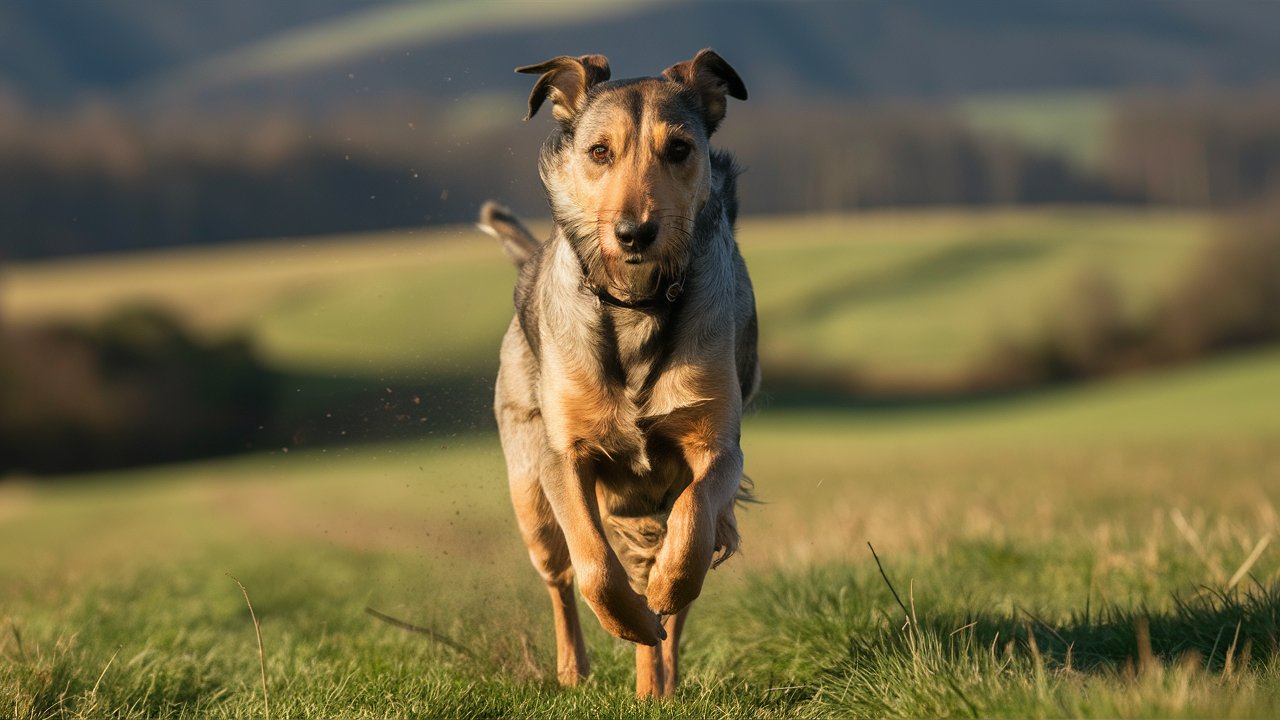
Regular veterinary care is crucial to ensure your Lurcher remains healthy throughout their life. Here are important health care considerations:
Vaccinations and Parasite Control
Keep up-to-date with vaccinations and parasite prevention treatments recommended by your veterinarian. This includes protection against common diseases like rabies, distemper, and heartworm, as well as flea and tick prevention.
Routine Check-Ups
Schedule annual wellness exams with your vet to monitor your Lurcher’s overall health. These check-ups can help detect early signs of health issues and ensure they receive necessary vaccinations and screenings.
Health Monitoring
Be vigilant for signs of health problems such as limping, changes in appetite or water intake, unusual lethargy, or behavior changes. Early detection and treatment can improve outcomes for many health conditions.
Personal Anecdotes
To truly understand the charm and appeal of Lurchers, it’s helpful to hear from those who have experienced life with these wonderful dogs. Here are a few personal stories that highlight the special bond between Lurchers and their owners:
Story 1: The Rescued Wanderer
Emma had always been drawn to rescue dogs, so when she came across a timid Lurcher named Milo at a local shelter, she knew he was meant to be part of her family. Milo had been found wandering the streets, malnourished and fearful of humans. Despite his difficult past, Emma saw potential in Milo’s gentle eyes and patiently earned his trust.
As weeks turned into months, Milo gradually came out of his shell. He started wagging his tail whenever Emma approached, eagerly accepting gentle pats and treats. Emma recalls the moment Milo first rested his head on her lap, a silent acknowledgment of the bond they were forming. With each passing day, Milo’s confidence grew, and he embraced his new life with enthusiasm.
Today, Milo accompanies Emma on quiet walks through the park, his sleek frame gliding effortlessly beside her. He has become a loyal companion, always ready to offer comfort with a nudge or a playful paw. Emma cherishes the moments they share together, knowing that their journey began with a simple act of kindness and a shared promise of unconditional love.
Story 2: The Unexpected Champion
Tom never imagined that his Lurcher, Riley, would become an agility champion. When Tom first adopted Riley from a local breeder, he was drawn to Riley’s curious nature and boundless energy. As Riley grew, Tom noticed his natural athleticism and decided to enroll him in agility classes as a way to channel his energy constructively.
At first, Riley was hesitant, unsure of the obstacles and commands. But with Tom’s patient guidance and encouragement, Riley began to tackle the agility course with determination. Week by week, Riley’s confidence soared as he mastered jumps, tunnels, and weave poles. His speed and agility impressed everyone at the agility trials, where he consistently earned top scores and accolades.
For Tom, watching Riley navigate the agility course with grace and precision is a testament to their partnership and shared passion for adventure. Whether they’re practicing in the backyard or competing in a championship event, Tom and Riley cherish the bond they’ve forged through teamwork and dedication.
Story 3: The Gentle Guardian
Sophie’s Lurcher, Bella, has always had a gentle spirit. From the moment Bella entered Sophie’s life as a young puppy, she exhibited a natural instinct to protect and comfort those around her. When Sophie’s grandmother moved in with them, Bella took on the role of a devoted companion, keeping a watchful eye on her and offering companionship during quiet moments.
As Bella matured, her patience and empathy became evident in her interactions with Sophie’s young children. Bella would patiently tolerate their playful antics, often joining in with a wagging tail and joyful barks. She became an integral part of their daily routines, from morning walks to bedtime stories, her presence bringing laughter and warmth to their home.
Sophie fondly remembers the time Bella alerted her to a stranger approaching their property, standing alert and emitting a low growl until Sophie assured her everything was safe. Bella’s protective instinct, coupled with her gentle demeanor, has earned her the admiration and trust of everyone in the family. For Sophie, Bella is not just a pet but a cherished companion and guardian who enriches their lives with love and loyalty.
